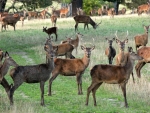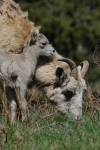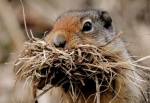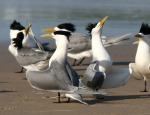
(c) Susanne Schindler
Hunting regulations aim to keep trophy hunting sustainable. Yet most regulations fall short of this aim and trophy size is becoming shorter over time in most hunted populations, such as Bighorn sheep, Impala, Mouflon, and Sable antelope. This might be due to ignoring the speed of trophy growth when deciding on hunting regulations.
Schindler, S., Festa-Bianchet, M., Hogg, J., & Pelletier, F. (2017). Hunting, age structure, and horn size distribution in bighorn sheep The Journal of Wildlife Management DOI: 10.1002/jwmg.21259




